Though it no longer serves as the Chinese woman’s go-to outfit, the qipao — or cheongsam, as it is called in Hong Kong — continues to hold an iconic status in popular imagination. Faye Bradley reports.
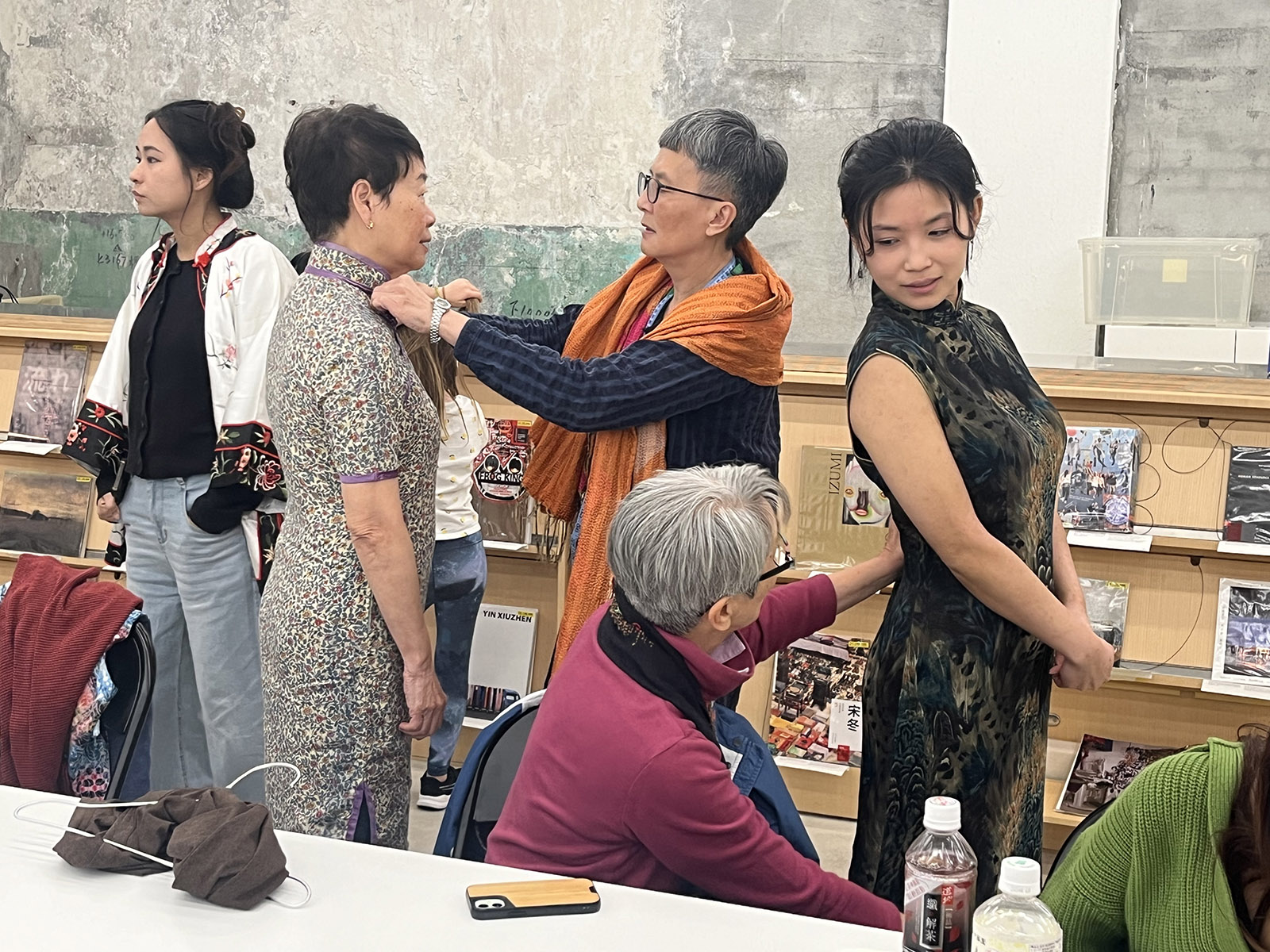
The qipao, or cheongsam in Cantonese, has deep roots in Hong Kong’s sartorial history. The prototypes of this figure-hugging women’s dress — typically featuring a mandarin collar with an asymmetric left-over-right lapel and a skirt with side slits — were seen in the late 1910s in Shanghai. The design was widely embraced by Hong Kong women in the ’50s and ’60s as part of their everyday wardrobe. Though the number of qipao-clad women on Hong Kong’s streets has gone down since then, efforts to infuse this traditional attire with new life continue.
READ MORE: Classic clothing hurrayed in Hong Kong
One of the latest endeavors in that direction is the Miss Cheongsam Culture AI International 2024 Beauty Pageant, launched in Hong Kong and Shenzhen recently. Produced by Ace Hero Films and Entertainment Ltd, this 10-episode reality show will be streamed in two different versions, for Chinese and international audiences. The pageant is aimed at inspiring a wider appreciation of the distinctive charm of Chinese cheongsam culture, together with a revival of traditional tea ceremonies and incense rituals. Wishing to marry tradition with cutting-edge technology, the organizers are making use of artificial intelligence to help find the winners as well as edit the content for streaming. Contestants will have the opportunity to delve into the rich history of cheongsam culture, receive comprehensive training in applying makeup, and mastering elegant catwalk techniques. They will also pick up tea-ceremony etiquette and the intricacies of incense rituals.
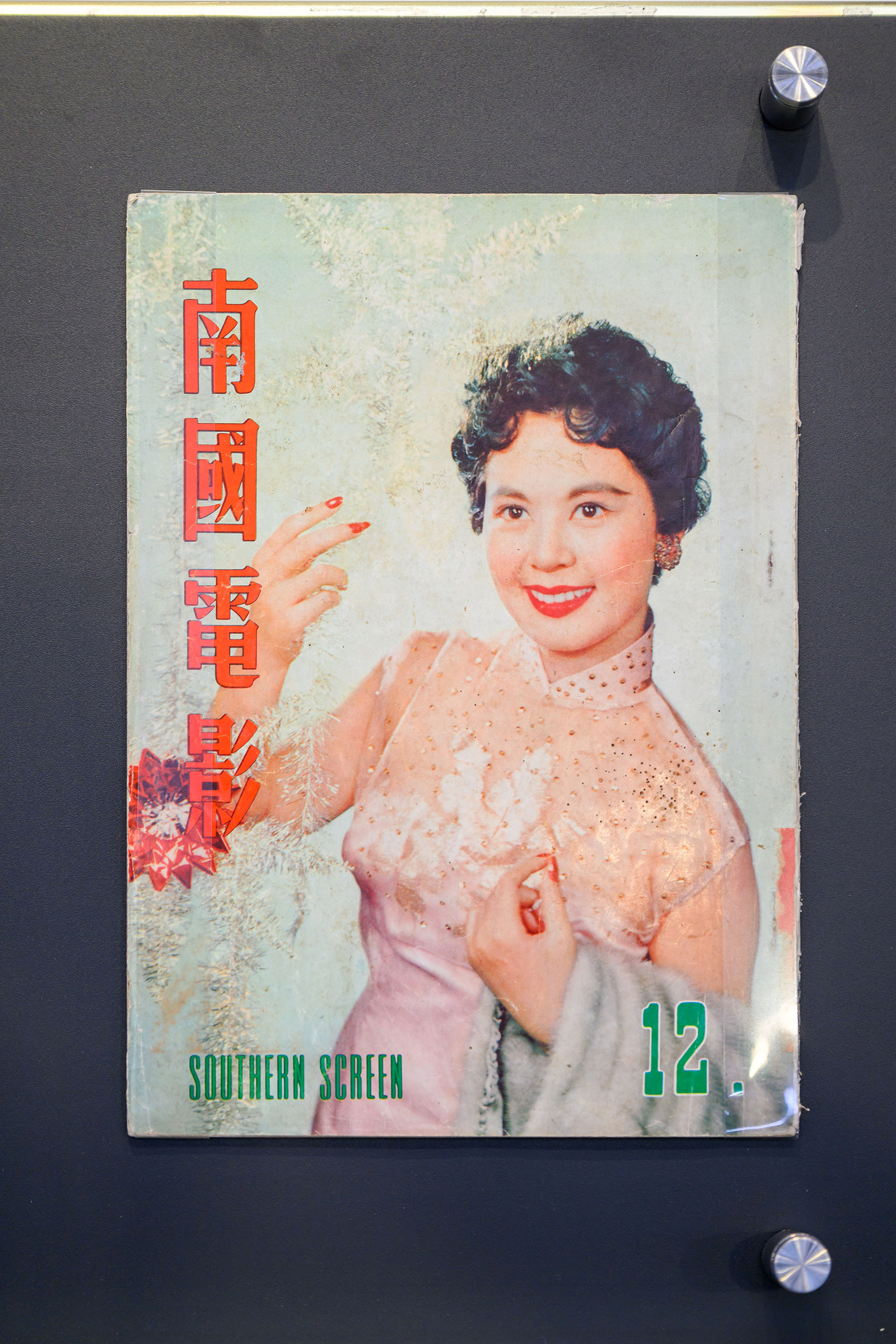
The event’s international public relations project director, Gilberto Vista, says that the aim is to facilitate the creation of original designs. While there are already “hundreds of beauty pageants showcasing various styles of the cheongsam across the country, the cultural significance of this dress style is yet to be fully showcased at this scale, in China or globally”, he says.
“The Miss Cheongsam event will be a great opportunity for us to reintroduce the complete history and culture of the Chinese cheongsam.”
Silvester See, Ace Hero’s executive producer and director, adds: “Over the past 30 to 40 years, Hong Kong has evolved into a dynamic melting pot. Reintroducing cheongsam culture against this backdrop is an exciting opportunity to showcase its beauty and significance to the world on an international scale.”
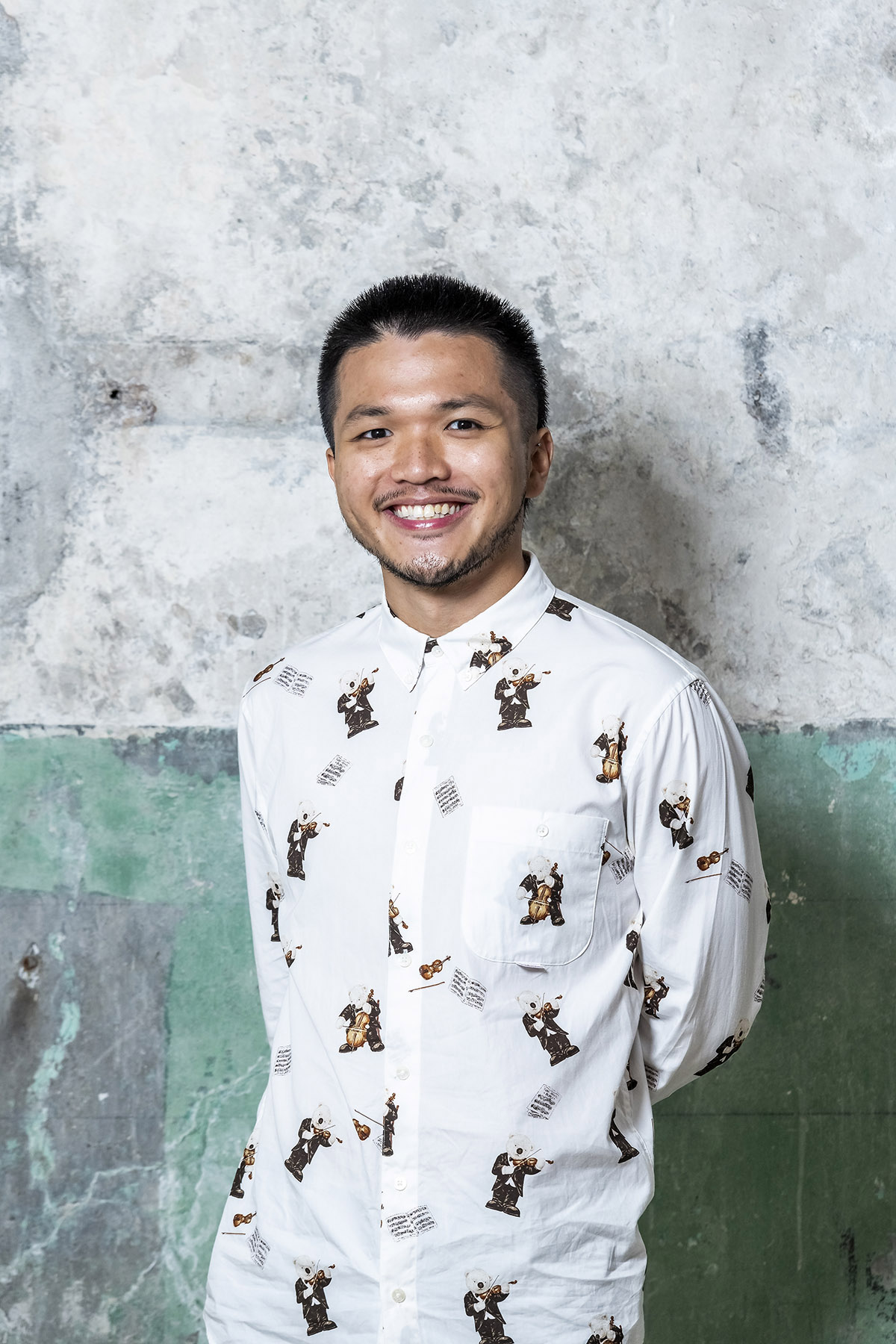
Girl’s best friend
The rich and enduring history of the cheongsam is intertwined with that of Hong Kong’s culture and society. As Bruce Li, curator at the Centre for Heritage, Arts and Textile (CHAT), points out: In the mid-20th century, when the Chinese mainland went through all manner of upheavals, Hong Kong served as “a repository” of qipao designs, helping “to both preserve and develop newer versions”. “When we investigate the diverging qipao styles in Hong Kong and on the Chinese mainland, we realize Hong Kong’s uniqueness in allowing a tradition to thrive,” he adds.
More specifically, the journey of the cheongsam runs parallel to the story of the social evolution of Hong Kong women.
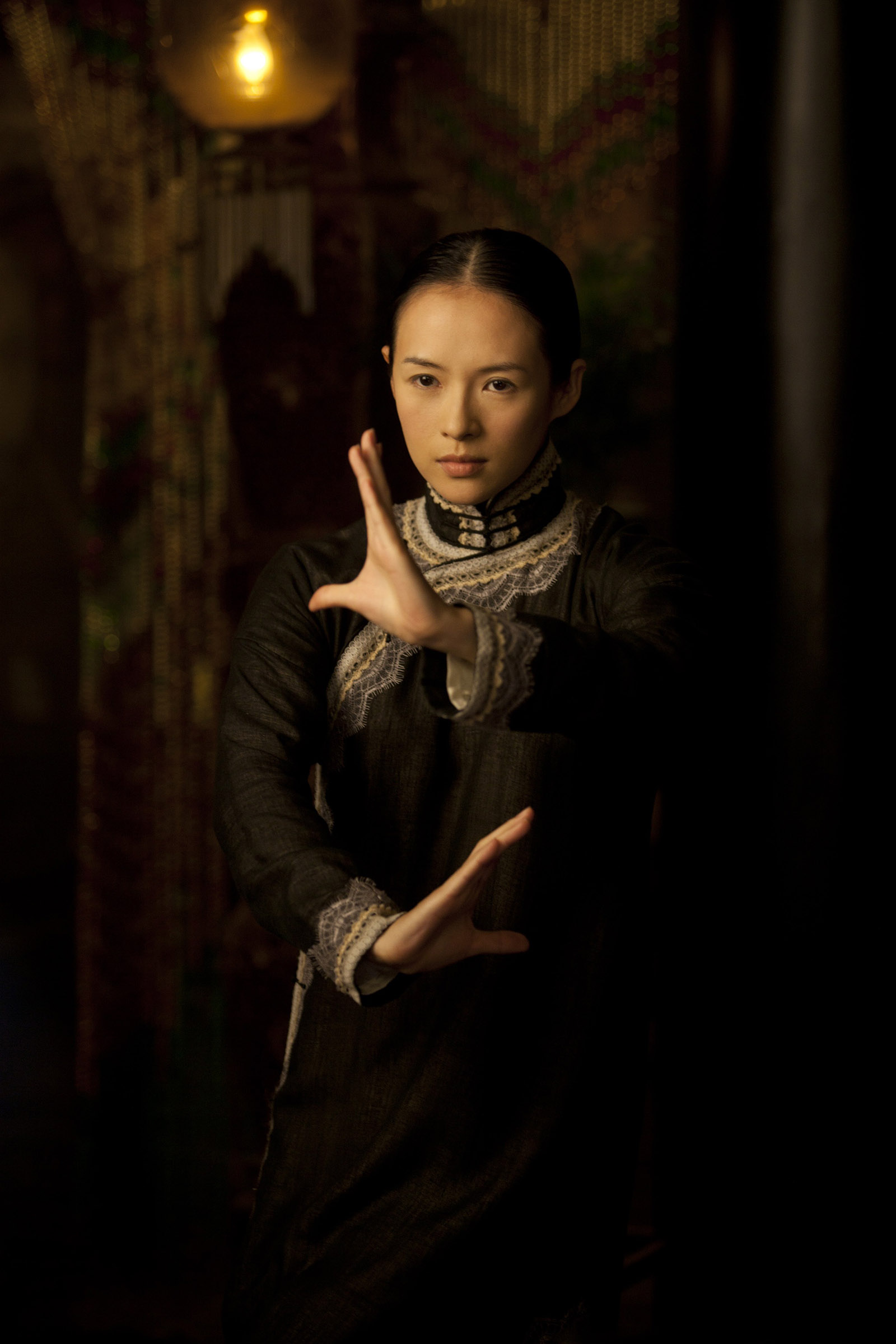
Sandy Ng, assistant professor of Culture and Theory at the Hong Kong Polytechnic University, says: “The qipao symbolizes elegance and femininity, and its diverse styles give versatility to the modern woman who needs a garment that adapts easily to the many roles they play. The qipao has evolved significantly, with designers using the basic design principles of the dress to create contemporary versions that suit women with different physiques and from diverse cultural backgrounds.” While it is commonly believed that qipao look best on petite figures, Ng points to the variations on the traditional silhouette available in the market, catering to a range of body sizes.
“After its decline in the ’70s, the qipao continued to gain support from the elite and a small number of elderly upper-class women, and remained the most popular dress for formal and festive occasions in the decades to follow,” says Brenda Li, adviser to the Hong Kong Cheongsam Association. “Hong Kong’s entertainment circles also played a significant role in maintaining the tradition. The qipao developed into an emblematic dress at the local beauty pageants.”
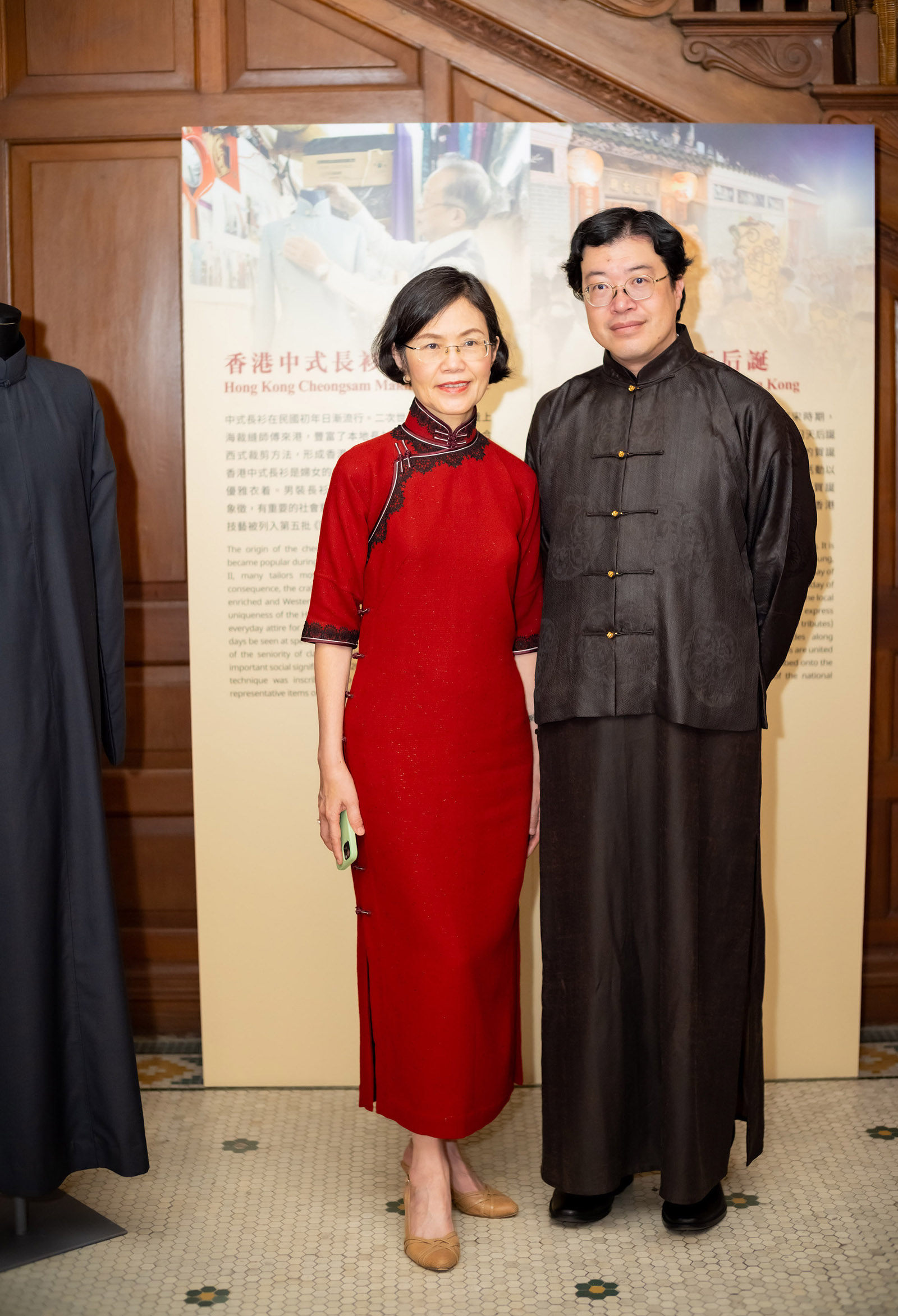
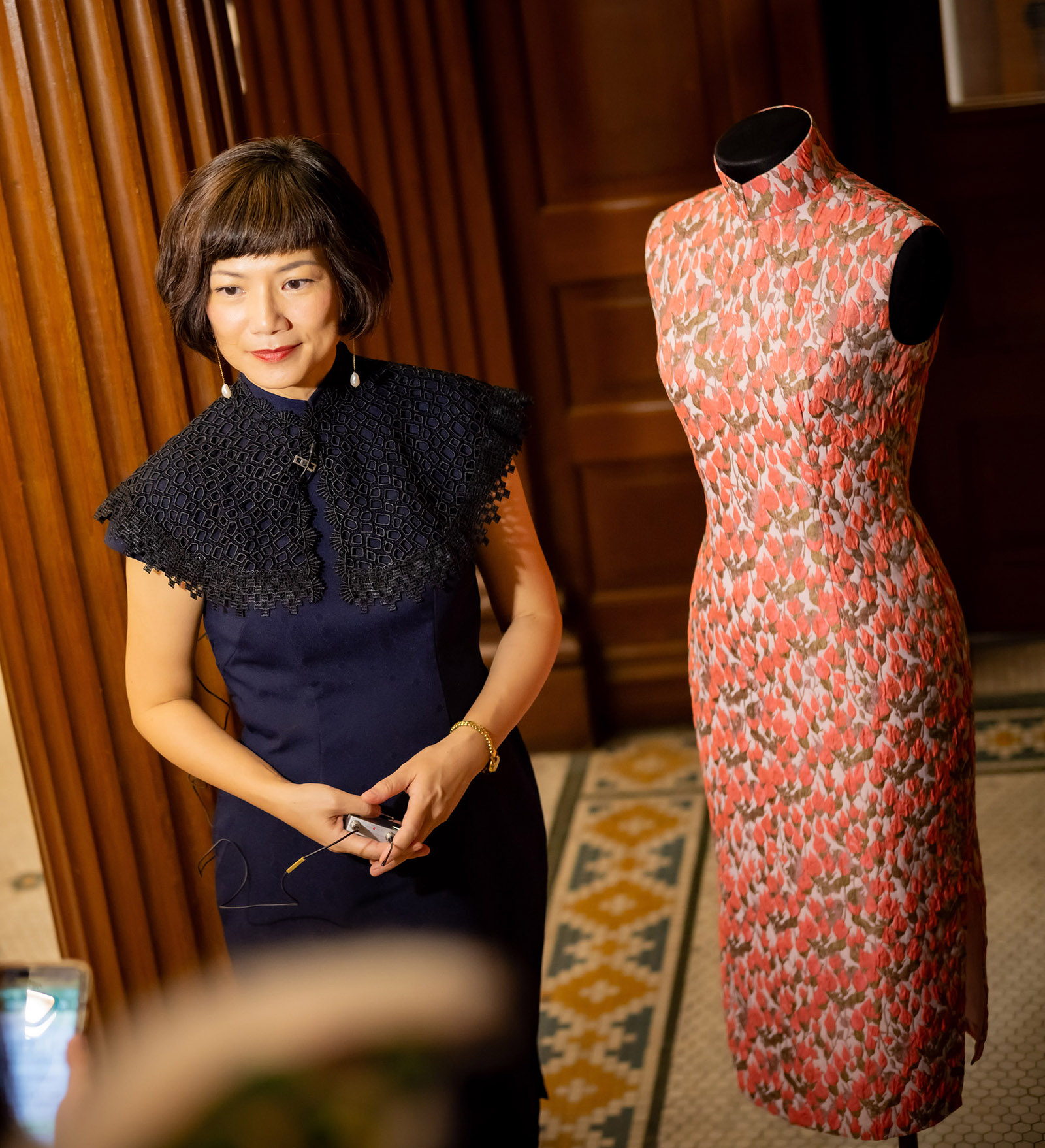
Ng says films such as Wong Kar-wai’s In the Mood for Love (2000) and Richard Quine’s The World of Suzie Wong (1960) — in which the female leads flaunt their elaborate qipao-based wardrobes — help showcase the elegance of the dress style to an international audience. “The qipao is portrayed as a symbol of Chinese femininity in these films,” says Ng. “The modern generation associates the qipao with nostalgia and glamour.”
Brenda Li, however, points out that though both In the Mood for Love and its sequel, 2046 (2004), revived an interest in the ’60s-style Hong Kong cheongsam heritage, they didn’t necessarily start off a fashion trend widely embraced by Hong Kong women. She believes that Zhang Ziyi — who wore the alluringly cut qipao in 2046 — playing a cabaret dancer and prostitute in the film could have caused such a lack of enthusiasm. Zhang went on to wear ’30s-style qipao with elaborate embroidery along the neckline in The Grandmaster (2013), also directed by Wong. “But Hong Kong women apparently have less interest in such a design, possibly because the technique of making these period qipao — with grown-on sleeves and no shoulder seams and darts — is virtually lost,” Brenda Li says.
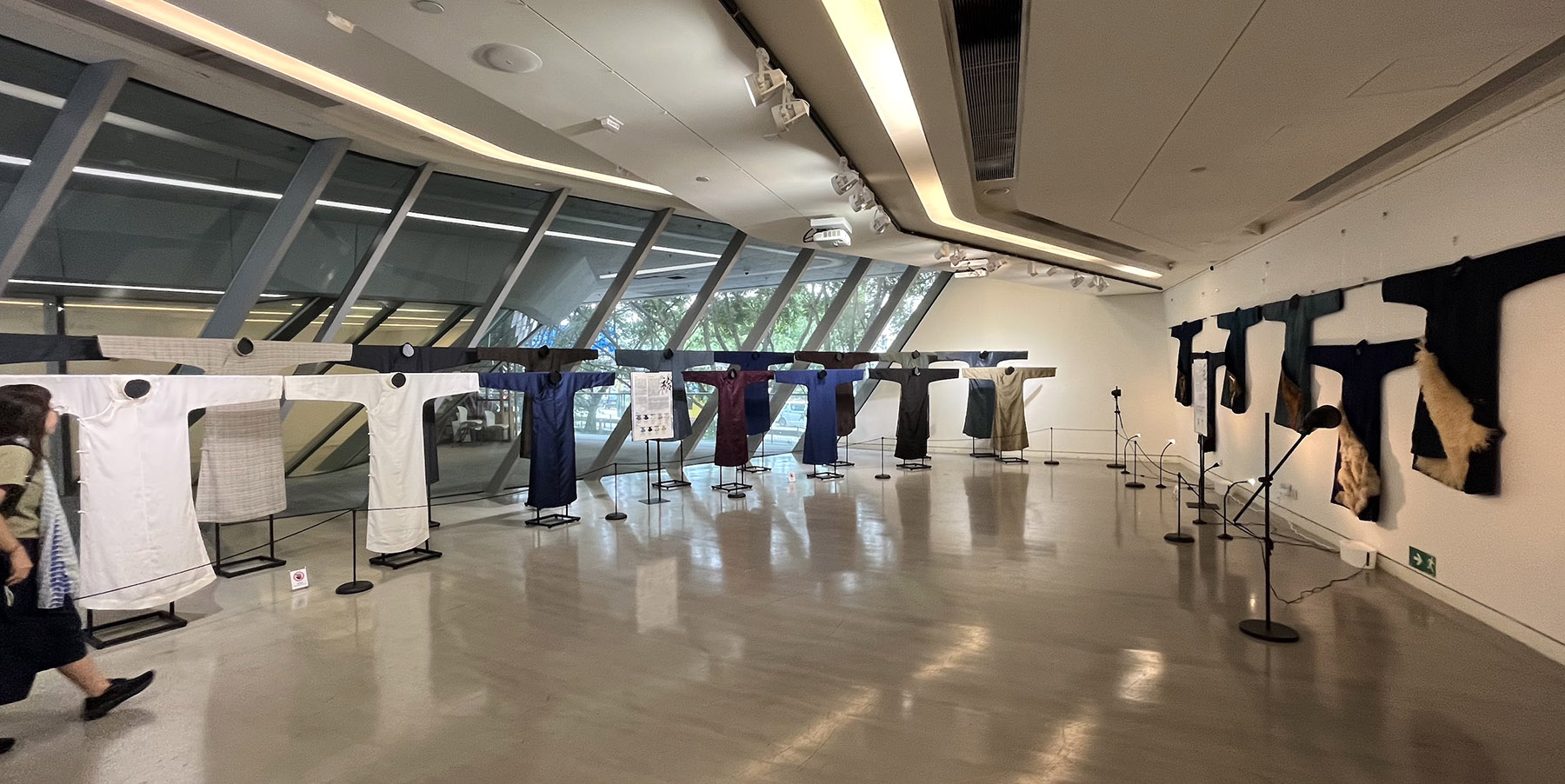
Upcycling traditional outfits
As traditional artisanal practices fade away, efforts are on to preserve and celebrate them. Hong Kong Cheongsam Making Technique made it to the Intangible Cultural Heritage of Hong Kong list in 2017, and the Fifth National List in 2021. The number of exhibitions and public programs held to promote the history and craft of the qipao is on the rise.
In March, CHAT organized a two-hour salon-style workshop titled Out of the Box: Rethinking Chinese Garments. Participants were invited to dig out old-style clothes that might have been sitting in their closet for a long time and bring them over to CHAT for expert advice on styling, alterations, mending and upcycling. The idea was to give rejected clothes a new life. By removing and/or adding certain elements, they were turned into outfits more suited to contemporary lifestyles. “Through this event, we try to inspire the public to see traditional qipao and Chinese garments anew,” says CHAT curator Bruce Li.
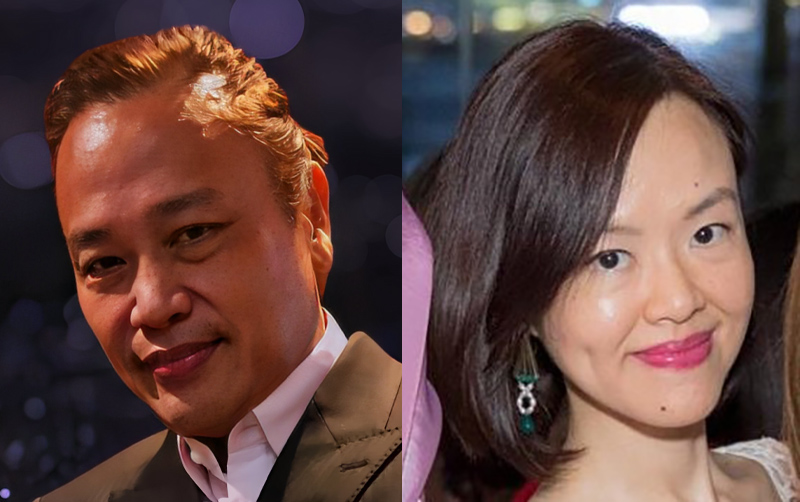
Edith Cheung, an adviser at CHAT, sounds pleased about the increasing number of qipao-themed exhibitions, seminars, publications and workshops being held in Hong Kong, as these events are aimed at inspiring viewers into developing an informed understanding of the dress style “and adapting it as part of one’s wardrobe”.
“As part of our ongoing show, Misfitted: Unspoken Stories of Tailoring, we are presenting a unique case study on a qipao design from the ’50s that was, remarkably, created by a housemaid in Hong Kong. For this project, we are developing video content in order to shed more light on the dressmaking culture of that era,” Bruce Li says.
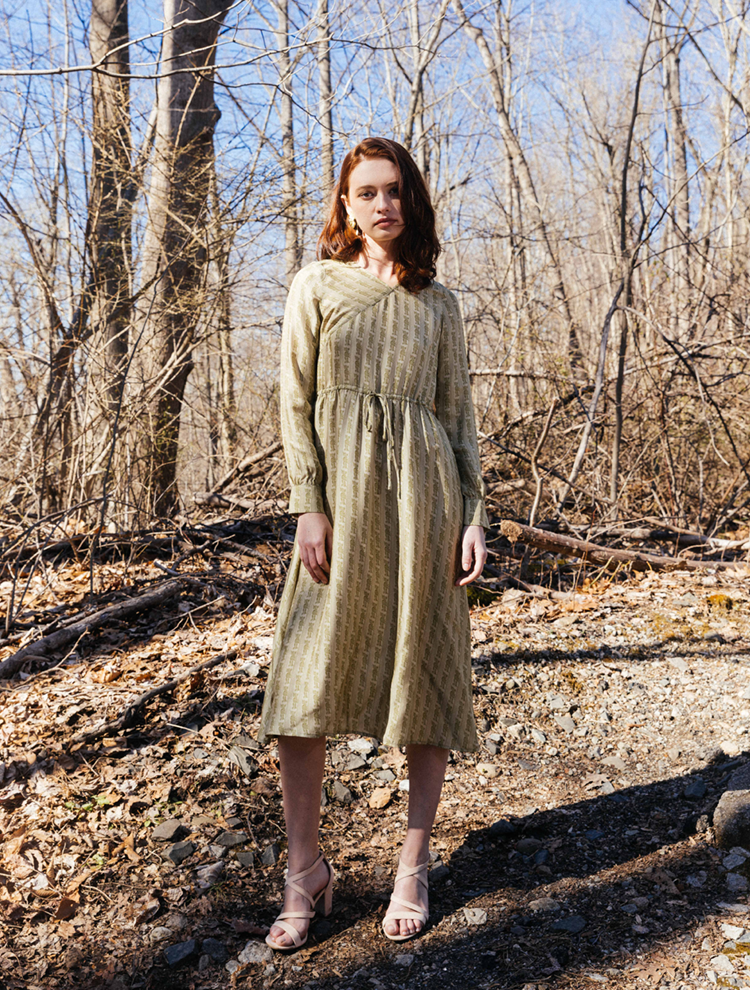
To each her own
The Hong Kong Film Archive-hosted Cinderella and Her Qipao exhibition concluded in May. Some of the iconic costumes worn by the leading ladies in mid-20th-century Hong Kong films were on display, complemented by screenings of the films in which they were worn. The idea was to highlight the qipao’s place in Chinese culture in the ’50s and ’60s — the period when the style had peaked. It was an opportunity to watch notable actresses such as Li Lihua, Ouyang Shafei and Luo Lan (Modern ‘Red Chamber Dream’, 1952), Betty Loh Ti (The Deformed, 1960), and Lucilla You Min (Star of Hong Kong, 1963) carry the qipao in their own unique styles.
Brenda Li says that while the form and cutting technique of the classic cheongsam have remained largely the same since the ’70s, as a handful of tailors from that time are still active, changes have been made in other departments. Nowadays, most qipao come with a lining, unlike in previous years. Usually made out of expensive silk fabric, they come with traditional trimmings and elaborate frog fasteners, and can cost upwards of HK$10,000 ($1,280).
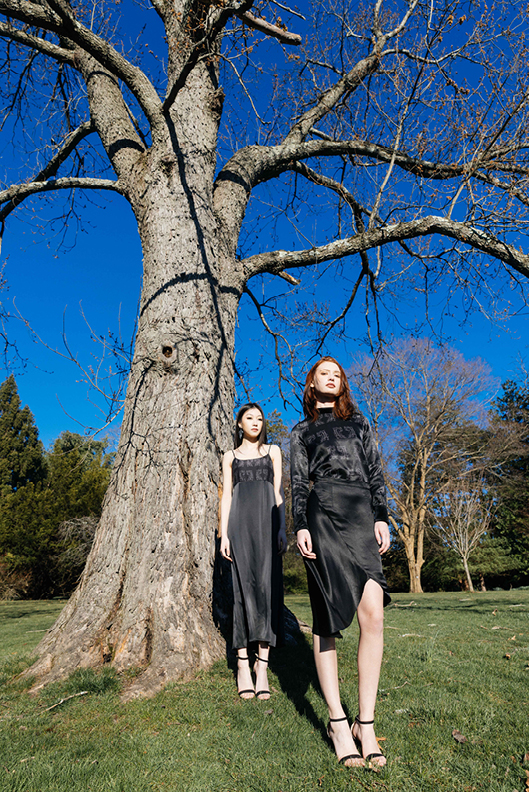
“High fabric prices together with the high cost of tailoring have made the classic cheongsam increasingly unaffordable,” remarks Brenda Li.
Fashion houses like Shumingyu are aiming to put a fresh spin on the traditional dress. “We absorb elements of traditional Chinese garments, such as the collar, into modern silhouettes and construct garments out of innovative fabric and patterns, such as digital prints, instead of using only brocade or silk,” says the brand’s founder and designer, Alvina Ding. “We’re inspired by tradition but want to innovate and evolve so that the dresses we make can also be a part of modern life.”
“Clothing styles keep changing, hence I believe the qipao will continue to get rejuvenated,” she adds.
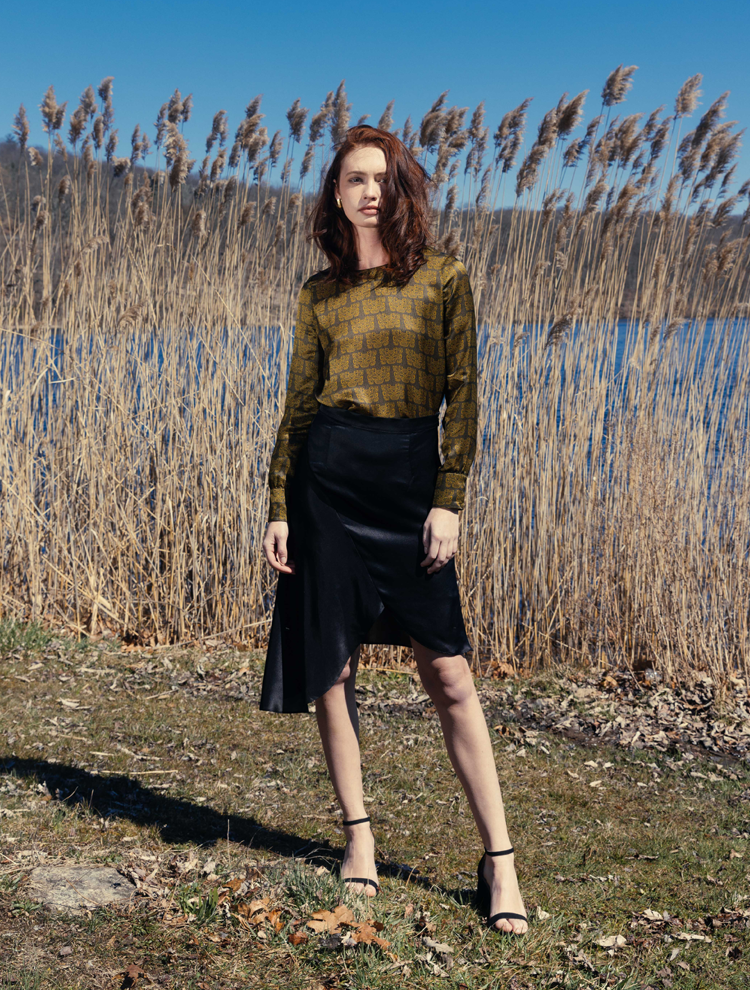
ALSO READ: Timeless elegance
“The beauty of the qipao can be celebrated through its continuous evolution,” says Ng. “Changes are important if we want to preserve heritage, hence the qipao must constantly evolve, depending on the wearer and the occasion. New materials, innovative designs and bold tailoring techniques should be combined with traditional modes of dress making.”
If you go
Misfitted: Unspoken Stories of Tailoring
Dates: Closing date not confirmed
Artefacts of Labour
Dates: Through July 14
Venue: 2/F, The Mills, 45 Pak Tin Par Street, Tsuen Wan


